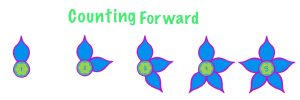C

Audio
Listen to an audio version of this page (3 min 50 sec):
Cent
|
pîwâpiskos |
|
Definition: A cent is a unit of money in many countries, such as the United States, Canada, Australia, and New Zealand [4].
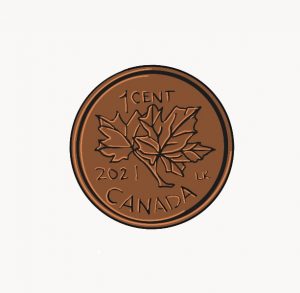
Circle
|
wâwiyiyaw |
|
Definition: A Circle is a closed, perfectly round curve consisting of all the points equidistant from a fixed point inside the curve called the center [4].
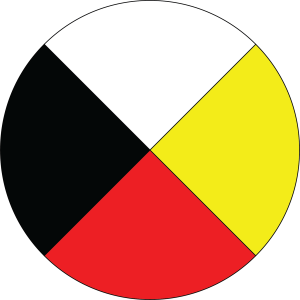
Circumference
|
wâsakâm |
|
Definition: It is the perimeter (length) of a circle, determined as C = 2πr, where π ≈ 3.14 and r is the radius of the circle.
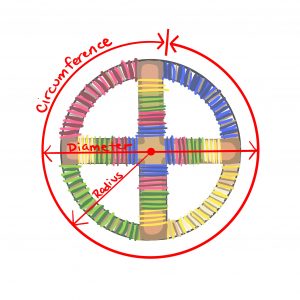
Coefficient
|
akihtàsona kāpatahk |
|
Definition: A coefficient is a constant that multiplies a variable [1].
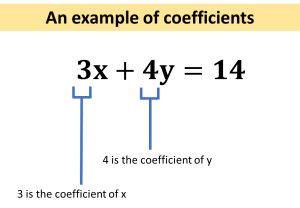
Coin
|
sônîyâs |
|
Definition: A coin is a round and flat piece of metal that is used as money. It is typically made of copper, silver, and nickel.
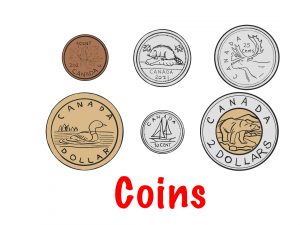
Commutative
|
(1) papiyakwan ithikohk (Woodland)
|
|
Definition: The commutative property of addition and multiplication allows the numbers to be added or multiplied in any order without affecting the sum or product of the operation [3].
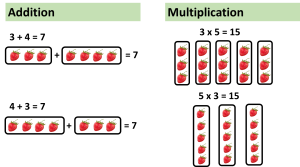
Compare
|
peyakwan ahpo pìtos akihtâsona |
|
Definition: Compare is to state the similarities or differences between two or more numbers, objects, or figures by considering their attributes/characteristics [1].

Comparison
|
nȃnȃkatawȇyitamȏwin |
|
Definition: Examination (two or more objects, ideas, people, etc.) to note similarities and differences [6].
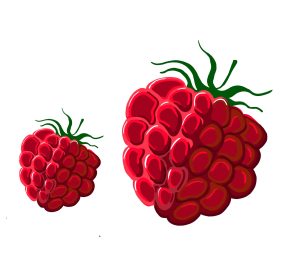
Coordinate
|
ita kanakiskātomakaki |
|
Definition: It is an ordered pair used to describe a location on a grid or plane. For example, the coordinates (6, 5) describe a location found by moving 6 units to the right and 5 units up from the origin.
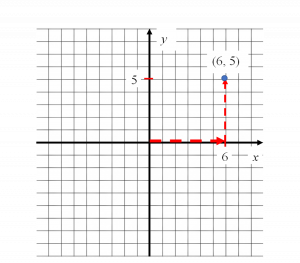
Count
|
akihta |
|
Definition:
1. Name the numbers in order up to and including a given number.
2. To determine the total number or amount [1].

Count backward
|
asȇkicikȇ |
|
Definition: To list or name numerals in reverse order [6].

Count forward
|
akihcikē |
|
Definition: To list or name numerals in order [6].
